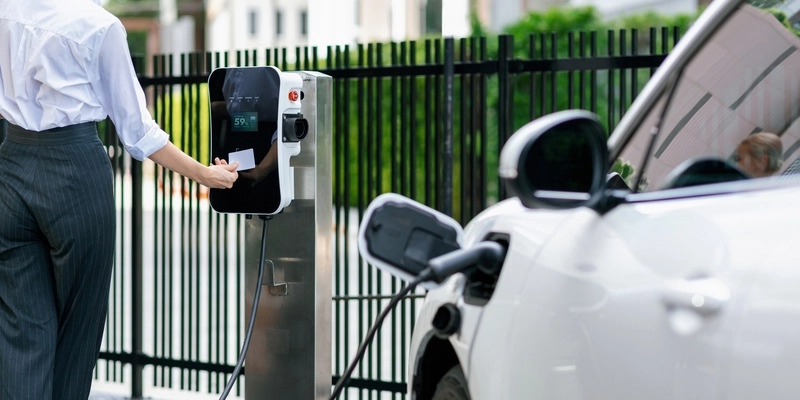As is well known, the objective of the Alternative Fuels Infrastructure Regulation (AFIR) is to facilitate users with charging and payment at publicly accessible stations.
Initially, it was only going to be possible to apply dynamic QR codes on a screen, which made it impossible to incorporate a sticker with a static QR code.
The background? The fear that a static code could be easily pasted to redirect payment transactions for criminal purposes.
However, the interpretation was softened, and in the question and answer document, which was published just in time for the new regulations to come into force, it is clarified that static codes are still allowed.
This is as long as they are legible and the security of the payment process is ensured.
Now, the discussion in the sector is: what are the possible solutions to meet these requirements?
At the same time, the debate is reigniting over whether this method is truly secure or jeopardizes user privacy.
One of the main concerns currently revolves around scams and, therefore, the distrust in the implementation of QR codes for payment, due to a perception of vulnerability.
It is important to mention that some service stations have reported the appearance of fraudulent QR codes.

In this context, Achim Friedland, eMobility consultant with knowledge in privacy, OpenData, and OpenSource, commented in a publication on Mobility Portal Europe:
“All these recent fake news about QR code stickers (…) are really not helping to grow the common European market for electric mobility.”
One solution proposed for stickers is to have a concept to guarantee the security of the payment process, for example, through cameras or daily verifications.
Like this one, many of the originally very strict rules of the AFIR have been significantly softened by the question and answer document.
Thus, the sector perceives that the AFIR does not hinder the advancement of the recharging infrastructure due to obstacles such as the requirement to install chargers with a QR-capable screen at slow charging points below 50 kilowatts.
This meant that the dynamic code had to be created individually for each charging process, a feature that alternating current (AC) stations with small screens usually do not have.
In this context, Friedland considers that the German authorities are trying to allow almost all ideas as a valid “security concept.”
“This is clearly a direct attack on the idea behind the AFIR and thus an open violation of EU right,” he emphasizes.
It should be noted that in current payment systems, Near Field Communication (NFC) and dynamic QR codes prevail.
These tools allow for pin-free authentication and are compatible with smartphones for a more convenient user experience.
Although he acknowledges the uncertainty about protocols and future challenges, Jan Wegener, leader of the European team at NOW GmbH, commented during a webinar:
“We expect to see a gradual shift towards automatic authentication and increased security in payments for the medium term.”
It’s worth mentioning that the specific requirements for the charger according to the AFIR are to allow ad hoc charging, accept electronic payments, and clearly inform users about pricing options.
What advantages does payment through the QR code offer?
The board members approved the measure, as this technology offers a series of advantages, especially regarding a better user experience.
This is because it is flexible and provides convenience to drivers, as they simply scan the code with their phone, choose the payment method, and then pay.
The benefits are not only for customers but also for Charging Point Operators (CPOs).
From an economic point of view, with the implementation of QR codes, they can save on installation and maintenance costs of payment terminals, cards, or applications.
This results in a reduction in fees and commissions for credit networks or application providers.
It also allows reaching more customers by offering an open and interoperable payment system.








